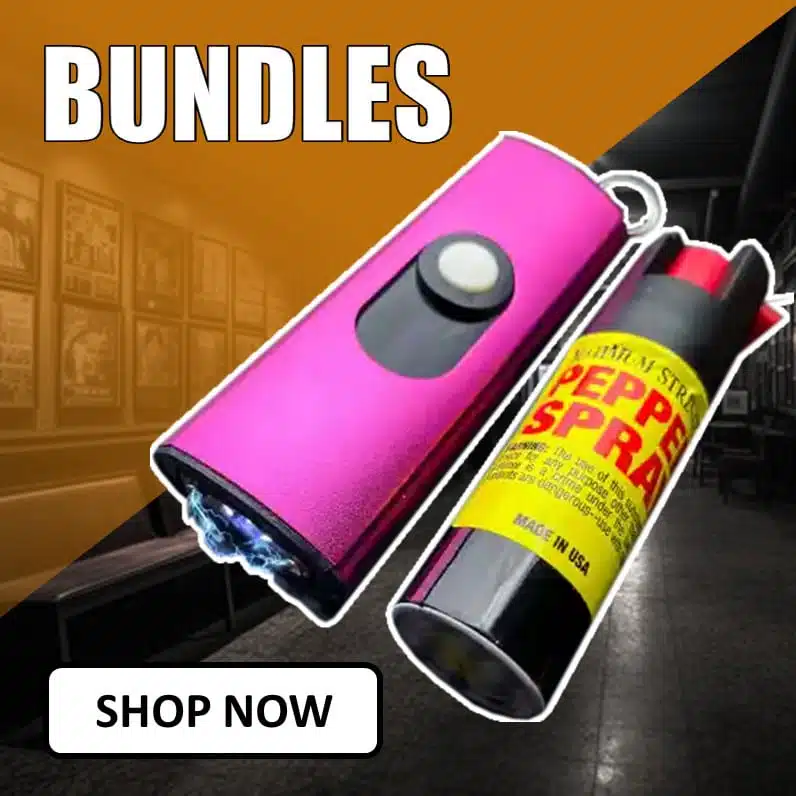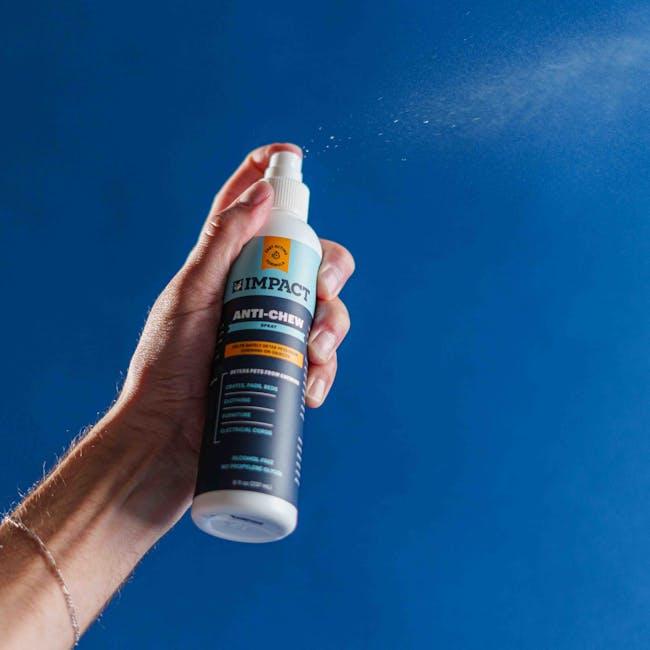Table of Contents
- Understanding the Legal Framework Surrounding Pepper Spray for Animal Protection
- Choosing the Right Pepper Spray Formulation for Safe and Effective Use
- Proper Application Techniques to Maximize Safety and Minimize Risk
- Essential Legal Precautions and Documentation for Responsible Pepper Spray Use
- Closing Remarks
Understanding the Legal Framework Surrounding Pepper Spray for Animal Protection
Before carrying or using pepper spray as a means of animal protection, it’s crucial to understand the legal parameters that govern its possession and application. Laws vary significantly by jurisdiction, affecting everything from whether you can carry pepper spray openly to how much of the active ingredient is permitted. Some regions strictly regulate pepper spray to ensure it is used only for self-defense, while others may allow its use when protecting oneself from aggressive animals. Always verify local regulations to avoid potential legal repercussions, including fines or criminal charges.
Key considerations include:
- Age restrictions: Most areas mandate a minimum age requirement to purchase or carry pepper spray.
- Permitted uses: Many laws specify that pepper spray can only be used defensively, not as a proactive measure.
- Storage and transportation: Regulations might govern how the spray is stored or transported, emphasizing safety and accessibility during emergencies.
Choosing the Right Pepper Spray Formulation for Safe and Effective Use
When selecting a pepper spray for animal protection, it’s crucial to understand the different formulations available to ensure both safety and efficacy. The concentration of capsaicin-the active ingredient-varies widely between products and directly impacts the spray’s ability to deter aggressive animals without causing unnecessary harm. Opt for sprays labeled specifically for animal defense; these often feature concentrations balanced to temporarily incapacitate without inflicting permanent damage. Additionally, consider formulations with added UV dye, which can help identify an attacker or animal later if necessary.
Equally important is the delivery method of the spray. Pepper sprays come in various forms such as stream, fog, gel, or foam, each with unique advantages depending on the situation. For example:
- Stream: Offers accuracy and reduced blowback, ideal for windy conditions and targeting specific threats.
- Fog/Mist: Creates a wider range but may risk affecting the user and bystanders, requiring cautious deployment.
- Gel/Foam: Less likely to blow back and adheres to the animal’s face for longer-lasting effect.
Choosing the right spray based on environment, potential animal size, and wind conditions ensures you can respond quickly and effectively, minimizing risk to yourself while maximizing deterrence of aggressive animals.
Proper Application Techniques to Maximize Safety and Minimize Risk
When handling pepper spray, precise control and awareness are paramount to ensure both your safety and the effectiveness of the defense tool. Always hold the canister firmly, aiming slightly downward to avoid accidental discharge into your own eyes or those of bystanders. Prioritize short, controlled bursts rather than prolonged sprays; this technique minimizes the dispersion of the irritant and concentrates the spray on the target, reducing collateral exposure. Before deployment, familiarize yourself thoroughly with the wind direction to prevent the spray from blowing back onto you. Practice quick, deliberate motions to swiftly incapacitate an aggressive animal without escalating the encounter unnecessarily.
Consider these essential tips for responsible use:
- Maintain a safe distance: Ideally, keep at least 6 to 10 feet away from the animal to remain out of reach while ensuring spray accuracy.
- Target the face: Focus on the animal’s eyes and nose to maximize deterrence and reduce potential injury.
- Stay aware of surroundings: Confirm the area is clear of other humans or pets that might be inadvertently affected.
- Have an escape plan: Always position yourself so you can retreat safely after deploying the spray, avoiding further confrontation.
- Regularly inspect your pepper spray: Check the expiration date and functionality to guarantee reliable performance when needed.
Essential Legal Precautions and Documentation for Responsible Pepper Spray Use
When carrying pepper spray for animal protection, it is crucial to understand the legal boundaries governing its use in your jurisdiction. Before purchasing or carrying pepper spray, verify state and local regulations, since restrictions on possession, concentration levels, and permitted usage vary widely. Ensure you are over the legal age, often 18 or older, and keep documentation such as purchase receipts or licenses readily available when required by law enforcement. Additionally, familiarize yourself with the distinction between defensive and offensive use, as deploying pepper spray beyond protective measures can lead to legal consequences including fines or criminal charges.
Proper documentation should also include clear evidence of the necessity to use pepper spray for animal defense. Keep a detailed record of any incidents involving animal threats-timestamps, location, and description of the event-as this can serve as vital proof to justify your actions legally. Consider taking a certified training course that covers responsible deployment techniques and legal compliance, and retain your certificate as part of your records. Maintaining thorough documentation and adhering to regulations not only protects you legally but also reinforces responsible and ethical use of pepper spray.
Closing Remarks
In conclusion, pepper spray can be an effective tool for protecting yourself from aggressive animals, but it’s essential to use it responsibly and within the bounds of the law. Understanding the legal regulations in your area, knowing how to properly handle and deploy your spray, and respecting wildlife are all key to ensuring your safety while minimizing harm. By staying informed and prepared, you can confidently carry pepper spray as a reliable means of animal protection-always prioritizing safety, legality, and respect for nature. Stay safe out there!Check Our Other Blogs
- StunGun – Your Trusted Source for Stun Guns, Laws, and Self-Defense Tips
- PepperSprayLaws – Your Trusted Resource for Pepper Spray Information
- StunGunLaws – Your Trusted Guide to Stun Gun Legality and Safety




